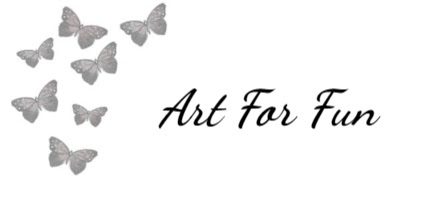Six intersecting rectangular planes. Starting from here the pattern is that one of the planes lies horizontal. In my model it is red.
Reference : Ornamental Origami: Exploring 3D Geometric Designs
No of units: 6 x 5 = 30 units, 6 intersecting planes, 5 units each.
Difficulty: Easy (Felt easy after doing 3, 4, 5 planes)
Paper size: 3 inch x 6 inch as given in the book
Time required: 3-4 hours.
Base angle = 360/5 = 72 degrees, Base angle reduces as no. of intersecting planes increases.
Assembly guide is also available here : http://www.davidpetty.me.uk/origamiemporium/images/mm_uvwxyzrect.gif
Assembly: First join 5 units to form a pentagon. To further continue, keep in mind the icosidodecahedron structure and that all colors should lie in one plane.
Note: An icosidodecahedron has 20 triangles and 12 pentagons. The structure is simple (unlike it's name sounds complex). Pentagons are surrounded by triangles on each side. Triangles are surrounded by pentagons on it's 3 sides.Will be posting an article on icosidodecahedron soon.








